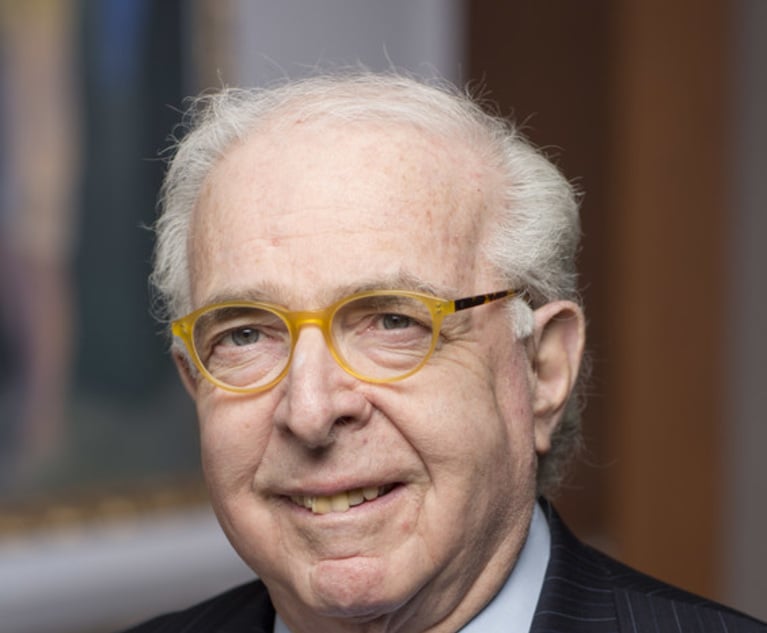If a parent claims a child is abused (hereinafter referred to as protective parent) by the other parent (hereinafter referred to as abusive parent) during a divorce, the protective parent often becomes a target of having caused an estranged relationship between the protective parent and the abusive parent. The child’s disclosure about abuse by the abusive parent and the fact that a child disclosed to a protective parent often gets lost amid those attacks. The child’s accusation may never even be heard as a separate abuse matter by the court. This is true even where reports are made to child protective service (CPS) agencies by therapists and others even before a custody matter comes to court. Indeed if CPS does not make a finding of abuse, that factor alone may add fodder to the attacks against the protective parent by the abusive parent.
Once the protective parent gets attacked in court by the abusive parent as having ulterior motives rather than merely bringing critical information about a child’s welfare to the courts’ attention, the protective parent must often defend against attacks that the protective parent caused the problem between the named abuser and the child. The fact that the child named the abusive parent as a perpetrator of violence to them can then get lost. This sets the stage for how the protective parent then can become labelled and attacked as an “alienator” and the case is then set for a highly contentious custody battle. But the history of alienation as used in this context is critical to understand before one can begin to survive such an attack and devise a strategy to protect child.


 Photo: Amili via Shutterstock
Photo: Amili via Shutterstock




